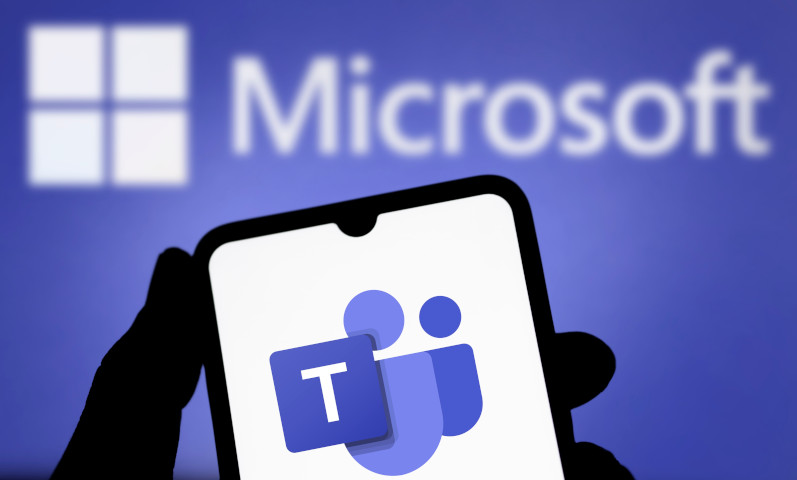CAN'T talk now, am back-to-back all day - in today’s workplace, where meetings have become a de facto measure of productivity, this phrase has become a badge of honor. Busy and important trumps focused work.

Since the pandemic, we’ve relied on moving traditional working habits into a digital setting. Meetings are a prime example of this. We know how they work; moving meetings into a virtual format is less demanding than trying to get our people posting and commenting asynchronously in Teams channels or in Slack.
Recognising the rise of virtual meetings, we’re seeing more technology solutions to help us manage these demands without having to miss a thing! Microsoft recently announced the ability to ‘follow’ a meeting, to enable those who can’t attend to receive notes, actions and follow-ups. And soon, Microsoft are also launching Team copilot.
Team copilot is your team assistant, an AI tool that will summarise meetings, track tasks, moderate your meetings, respond to questions and project manage your activities.
Leaving aside the risks of leaving project management to AI, where it is helpfully hallucinating new deliverables and assigning tasks to the poor sod who forgot to update their calendar – now suddenly finding their free time has been filled with random tasks, what does this mean for those back-to-backers? And what does this mean for how we run meetings?
The ability to summarise meetings for those who couldn’t make it can be seen as a blessing.
We get the key outcomes, the actions relevant to us and literally any other summary that we can think of to ask Copilot to supply. Want to know who asked the most questions, who didn’t ask anything, who blinked the most times? Copilot will tell you.
Fewer meetings to attend, no fear of missing out. Productivity boosted! But is it? And what is productivity in meetings?
The Collins dictionary definition of a meeting is “… an event in which a group of people come together to discuss things or make decisions”. This means that a meeting is largely about conversations and outcomes. Which we already knew.
Humans are brilliant at using conversations to learn, apply and decide. That’s why we attend meetings: we’re there to contribute, to steer, to experience, to ask, to think.
So, what happens when we don’t attend a meeting, sending our Copilot on our behalf?
For simple, repeating meetings – such as status updates – this is not so much of a problem. Though arguably, this shouldn’t be a synchronous meeting in the first place. But what about proper meetings that require input, not passive interest?
There’s a risk that we lose sight of the importance of a conversation. That meetings become about being as efficient as possible, with AI helping us to discover outcomes - or to move towards them – with less human input.
Which takes us back to the start: what is the purpose of the meeting? Who do we need to attend to meet its objectives? Why do we need to have it all?
We risk forgetting why we need to get people together, why we need to have a conversation. Human relationships don’t develop when we rely upon AI to tell us about our colleagues.
They develop from deeper interactions – conversations, questions, physical gestures.
Similarly, problems don’t get solved, opportunities don’t arise, if we just don’t turn up.
The problem of meetings is not too many meetings; it’s being in the wrong meetings. AI assisted summaries and suggestions are genuinely helpful.
But they are no replacement for the power of a human conversation. A conversation where, with our colleagues, we shape new outcomes. Not simply just communicating them.
We just need to accept the meetings where we’re invited to a discussion and decline the ones where we’re only passive participants.
By Andrew Pope, partner and consultant at www.designingcollab.com
